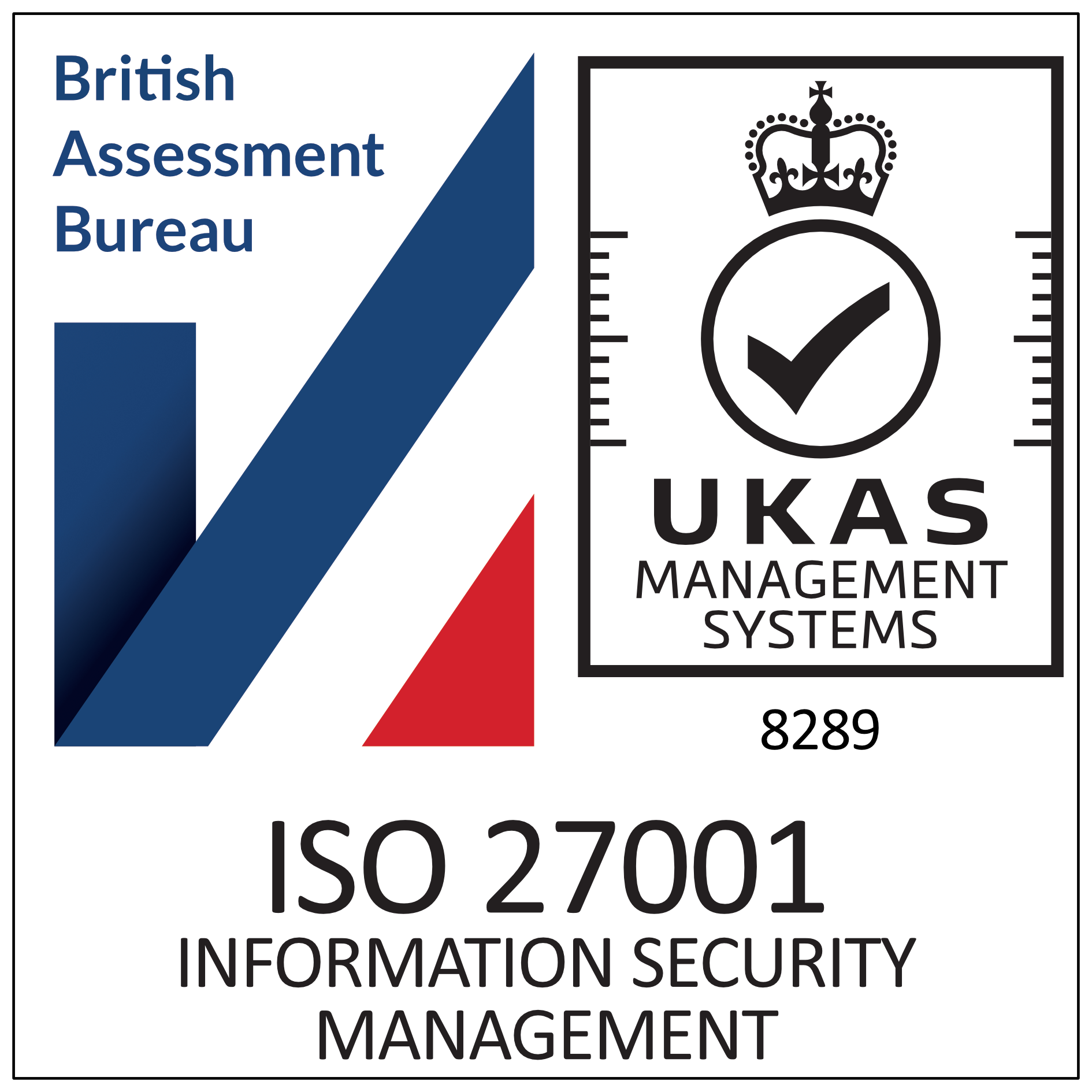Which should you use, Terms and Conditions or a formal Agreement ?
What are “Terms and Conditions of Sale” and when should you use them?
To protect your legal position when selling goods or services, you should ensure that your sale transactions are governed by suitable terms and conditions of contract ("Ts and Cs). The Ts and Cs should be either favourable to you as seller or are at least even-handed as between you and the buyer. You will need to agree the Ts and Cs with each buyer before concluding a sale with them (i.e. entering into a contract with them).
You can use one of the sets of Ts and Cs in the Business folder, amended as necessary, or your solicitor could produce a set specifically for your business. As to using an “Agreement” (and an explanation of what an "Agreement" is) instead of just a set of Ts and Cs, see below.
For routine sales to buyers, you can use your own standard Ts and Cs for sales. These will have been prepared by you as a set of standard terms and conditions to govern sales generally where there is nothing special or different about the particular customer, goods/services or the terms or circumstances.
For non-routine sales to a particular buyer where you do not wish to use a standard set of Ts and Cs, you can produce and negotiate a set of custom Ts and Cs with that buyer to use only for your sales generally to that buyer or only for a particular sale transaction with that buyer. This will be appropriate where you need to take account of either a) specific circumstances relating to a particular buyer or b) the sale is non-routine and/or a complex sales transaction, and you consider that it is not appropriate to use the Ts and Cs that you keep for routine sales.
Whether you use standard or specially produced and negotiated Ts and Cs, you will need to decide how the sale contract should be created. Typically this would be achieved by having the buyer give or send an order to you, and in reply by your giving or sending them your acceptance of their order. Both order and acceptance crucially must state that your Ts and Cs apply exclusively and that no other terms or conditions (i.e. any issued or referred to in any document by the buyer) will apply. Before the buyer gives you thier order, you should have provided a copy of your Ts and Cs to them.
If the buyer's order form contains or refers to their own Ts and Cs, you can send your Ts and Cs to them in reply saying in a covering note that the buyer’s Ts and Cs cannot be accepted, and that your Ts and Cs alone will apply. You should ask the buyer to confirm in writing that it agrees to your Ts and Cs exclusively before you supply any goods or services to them.
Your Ts and Cs can be given to your buyer as a stand-alone document before you have any trade dealings with them, perhaps with a covering letter saying that these Ts and Cs will apply to all sales to them. The Ts and Cs could instead be printed on any other document that you send them before they place an order, e.g. in a tender offer or sales brochure. Depending on their length, they could be printed on the back of an order form that you give the buyer to sign and return to you. Alternatively, you could send or make your Ts and Cs available to them electronically by email or on your website.
Wherever you use a set of standard or specially produced and negotiated sale terms in this way, the total content of the sale Ts and Cs and the order and acceptance forms will in law be “the contract”. A contract is any agreement that is legally binding on both parties. It is legally deemed to be made when one party has made an offer and the other has unconditionally accepted the offer. It may not be clear whether, when, or how that has happened in any given case. Your object should be to ensure that there has been an offer and acceptance and that it is clear that they are both on the basis that your standard Ts and Cs (and no others) apply. For more information on forming contracts, see Imposing Standard Ts and Cs of Purchase.
Where a sale is not a one-off to a particular customer but is expected to be the first of a number of sales over a period or the intention is to create an ongoing or longer terms trading relationship, it may be more appropriate to use an "Agreement" (see below), rather than just an order/acceptance procedure form with a set of Ts and Cs.
What is an “Agreement” and when should you use it?
An “Agreement” can be used as an alternative to standard or other sets of Ts and Cs. Instead of using order/acceptance forms with Ts and Cs attached when making routine or other sales to buyers, you can create a standard form of formal Agreement. Such a document should contain spaces to insert the names and addresses of the seller and buyer at the top, and spaces for signatures of both parties and the date at the bottom. The "Agreement" will then be the "contract".
If you have a set of standard Ts and Cs suitable to govern your everyday transactions, you can use them as part of the Agreement. You could do this by either attaching them to the Agreement as a Schedule and ensuring that the Agreement refers to them, or you can actually set out the standard Ts and Cs within the main body of the Agreement. The Agreement can include terms in addition to the Ts and Cs, to cover any necessary practical, commercial or legal matters.
The main advantage of using an Agreement in this way is that it removes any uncertainty as to
- whether an agreement (i.e. contract) has actually been entered into, since both parties have signed it;
- which set/s of terms apply, because your Ts and Cs and any other applicable terms are all set out in the Agreement as a single document signed by both parties. It is a completely self-contained document, and if it is correctly drafted, that means that it leaves no room for argument that any terms or other provisions apply in addition to or in place of those set out in or attached to the Agreement; and
- the date of the sale, because it is dated when both parties sign.
Using an Agreement is a more practical means of creating a contract where your sales process is such that you either can meet the buyer in person so that you can both sign the Agreement at the same time, or you can post the Agreement to the buyer to sign and return to you by post. A disadvantage is that whilst use of any Agreement obviates the need to use order and acceptance forms, it may prove to be a slower process than simply exchanging emails
You can also use an Agreement where you use Ts and Cs negotiated individually with a particular buyer, for use when either trading generally with that buyer or for a particular transaction with that buyer. The individually negotiated Ts and Cs, once agreed with the buyer, can be set out in the document or in a schedule to it. The Agreement can also include other necessary matters.
If the Agreement is to cover the trading relationship generally between you and the particular buyer, the Agreement can function as a framework or call off contract. For that purpose, it can (and preferably should) include in its terms a mechanism for placing orders by the buyer and acceptance of orders by you, perhaps by email or text message. If the Agreement only covers a single transaction (rather than several orders or an ongoing or longer term relationship), there need not be any such order mechanism; the Agreement can instead set out full details of the transaction, e.g. quantities of goods/services ordered by virtue of signing the Agreement, together with details of the prices, delivery or performance dates, Service Level requirements or Key Performance Indicators.
Wherever you use a form of Agreement for routine or one off sales, whether for a one off sale or for a longer term arrangement, the total content of the Agreement (but nothing in addition) will be “the contract”.


